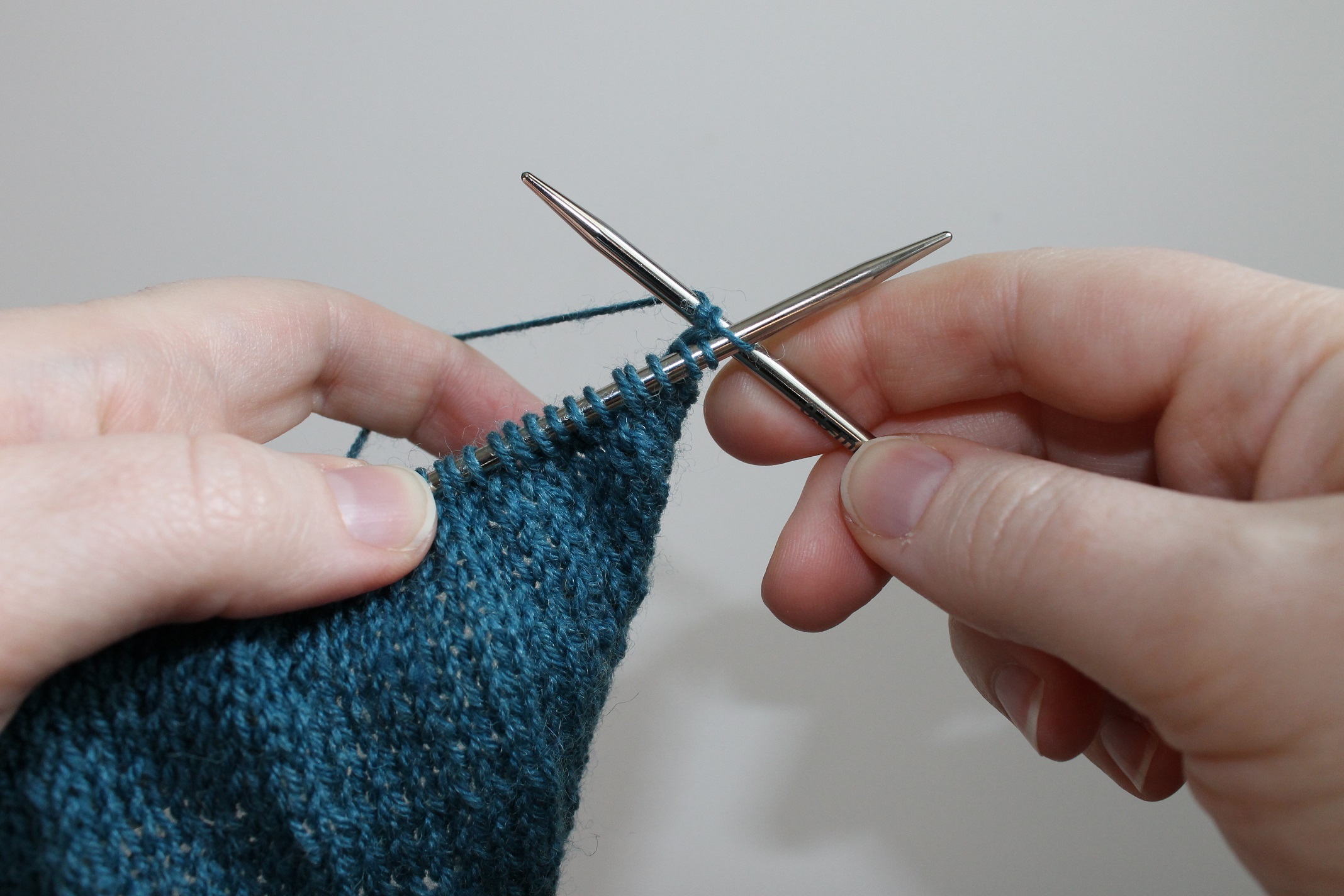
This article will show you how to use paint samples in DIY projects. You can use paint chips in many ways. Here are 15 great ideas. You can also make items that you use every day. To add a personal touch to your home, make a necklace, tablerunner or other decorative item.
15 DIY projects you can make with paint chip samples
There are many DIY projects you can do with paint chip samples. There are many paint chip crafts that can be used to make home decor. These include art frames, jewelry and lampshades. They are not only inexpensive to make, but they also make great gifts.
Create a table runner
If you are looking for a fun project that your kids can do themselves, you can make a table runner using paint chip crafts. You will enjoy seeing the many colors they create. It's also fun to see the different colors when they are mixed together. Follow these steps to make your own.

Make a necklace
Paint chips are a great way to make unique jewelry. They are inexpensive, versatile, and available everywhere. This is a wonderful gift idea for any occasion: paint chip jewelry. These necklaces are simple to make and can be made in any colour.
Matching game
Easy and fun to make, paint chip crafts are great for kids. They can be used to teach children memory and color. You can also use them to create word lists, busy bags and rhyming vocabulary.
Lampshade
Painting a lampshade with paint chips is a great way of dressing it up. With different sizes of paintbrushes, you can make stripes with your lampshade's paint chips. The paint chips can be secured to the lamp shade with hot glue.
Make a tablemat
Paint chip placemats are a creative and unique way to serve your guests at your next dinner party. You can create a striking design with paint chips instead of paper plates. You can create a design that matches your room's colors. For a truly unique placemat, make sure you pick the right colors. You can also pencil in your design to add a personal touch to it. These placemats make a wonderful gift for a future bride.

Make a bookmark
If you have paint chips lying around your house, you can use them as bookmarks. Cut the chip into strips. Then use a craft punch to make a hole in center. To decorate bookmarks, you can use felt stickers. You should not remove the backing from the felt stickers before you use them. Put the stickers on the strip. Then, stick them securely to it. If you have children you might ask them to draw their names on the strip.
Make a calendar
A paint chip craft allows you to use paints to make a simple calendar. You can create a calendar that is colorful and looks great in any room. Paint swatches and chips are perfect for this craft and the blank side of a frame will make a great background for the calendar. Cut a rectangle of approximately 34 inches in size from a paint chip and attach it to the frame.
FAQ
Why do we have hobbies?
Hobbies are a vital part of our lives as they allow us to unwind, relax, think creatively and exercise. They also give us the opportunity to socialize, network, and have fun. We also have the chance to learn new skills and pursue lifelong passions.
Hobbies can help us find meaning and purpose.
They are often a great way to spend free time when you don't have much else going on.
They are also very entertaining!
If you don’t make time for a hobby then it’s probably not worth your time.
You have many choices. You might consider starting a hobby if you don't already have one.
What is the cost of a hobby?
The only thing that costs less than a hobby is time. If you're serious about your hobby, it can take you years to get what you want.
One thing can help you. It's called "passion." If you are passionate about what you do, it will be easier to work hard and make progress.
It is possible to become addicted once you begin putting in the work. This is when the real fun begins. Because you now enjoy what you do and are improving your skills every day. So by the end of the year, you will probably have made quite an improvement.
Do not worry about the time it takes. Try it! You may be surprised.
How do I find a hobby that interests me?
It can feel overwhelming to start your search for a hobby when you first begin.
You might think, "I'm not very talented," "I struggle at sports," "I don't really know anything."
You probably have plenty of experience and knowledge to use when you are looking for hobbies.
It's only that you don't know it yet.
Have a look at your home. How much stuff are you able to store?
Do you still have toys?
Perhaps you have a collection books or magazines.
You might have always wanted the ability to cook.
Perhaps you just want to pick up the guitar again.
Whatever it is you're interested in, you can make it a hobby.
It is important to recognize that you already have a lot of experience to draw from.
You will find a hobby you love once you have it.
What are the chances of making money with my hobby?
Many hobbies can bring in extra income.
You might consider selling items that are related to your hobby if you are passionate about it.
For example, if you collect stamps, you may want to set up a website selling rare stamps.
You can make extra money without the hassle of buying and selling stamps.
You could also create a YouTube channel to talk about your hobby.
This allows you to share your passion with others and potentially generate additional revenue by offering premium content.
What are your educational hobbies?
A hobby that teaches you something is called an educational hobby. It could be anything, from playing sports to learning how an instrument is played.
It should be enjoyable and fun for you. While you don't need to do it every day, if bored you might consider other activities.
These activities can also be costly so make sure you don't spend too much.
Statistics
- I am 100% biologically a woman (discover.hubpages.com)
- A new survey by Pew Research Center of teens ages 13 to 17 finds that 36% of girls feel tense or nervous about their day every day; 23% of boys say the same. (pewresearch.org)
- The Role of the Mind in Sex, Dating, and Love: Men in the “humor” condition received phone numbers from 42.9% of the female participants and were refused 57.1% of the time. (time.com)
- The intensity of the dialogue partners' bond at the end of the forty-five-minute vulnerability interaction was rated as closer than the closest relationship in the lives of 30 percent of similar students. (time.com)
- 37% Video Games 36% Travel 36% Health and Fitness (quizexpo.com)
External Links
How To
How to start gardening
Gardening is one among the oldest forms. It requires patience, persistence and determination. You must choose a suitable location to start your garden. You could choose to plant food on a large parcel of land, or in your own backyard. Next, pick the type of plants that you would like. Do you prefer vegetables or flowers? Some people enjoy growing herbs and others prefer raising livestock like rabbits. Before you decide on what type of crops to plant you need to take into consideration how much space you have. If you live in a region that experiences cold winters then it is possible to grow fruits and berries.
Once you have selected the plants you wish to plant, you should prepare your soil. The soil is crucial in determining whether your plants thrive or not. A good soil has organic matter which helps to feed the roots of your plants. Organic matter can include leaves, twigs and grass clippings as well as manure and compost. After you have prepared the soil, you will need to add nutrients. You might need different amounts, depending on the species of plants that you want to grow. Online fertilizer calculators can be used to determine these values. There are many fertilizers available so be sure to know what you are purchasing.
Now you need to wait for the seeds to germinate. The process can take between 2 and 3 months depending on how hot or cold it is in your region. After seeds have sprouted, water them every day. You can endanger your plants if you water them too often or too little. Avoid overwatering your plants. Overwatering can lead to root rot and fungal diseases. Keep in mind that plants are more thirsty during summer than winter. Also, remember that certain plants need to dry out after watered. For example tomatoes should be kept slightly moist and not wet. They don't like to sit in soggy soil. After plants finish flowering, they need to go dormant. When plants stop producing new growth, they go dormant and start storing energy for next season's harvest. During dormancy, the plant stops sending signals to its roots telling them to produce food. Throughout this period, the plant stores energy. The plant will eventually die if it is not given enough sunlight or temperatures below freezing.
Living in urban areas may restrict the types of plants you can plant. Concrete sidewalks, roads, buildings and parking lots are all common in urban areas. These blocks block sunlight from reaching ground level. Concrete absorbs light, preventing the soil underneath from getting adequate sun exposure. Many plants are unable to survive in urban areas due to the lack of sunlight. Many plants can still thrive in urban settings. Many trees, shrubs and perennials can thrive in urban environments. Many annuals can be grown indoors, too, in containers. Container gardens allow you to bring fresh greenery into your home year-round regardless of the weather outside.
You're now ready to plant after you have chosen where and what to grow in your garden.